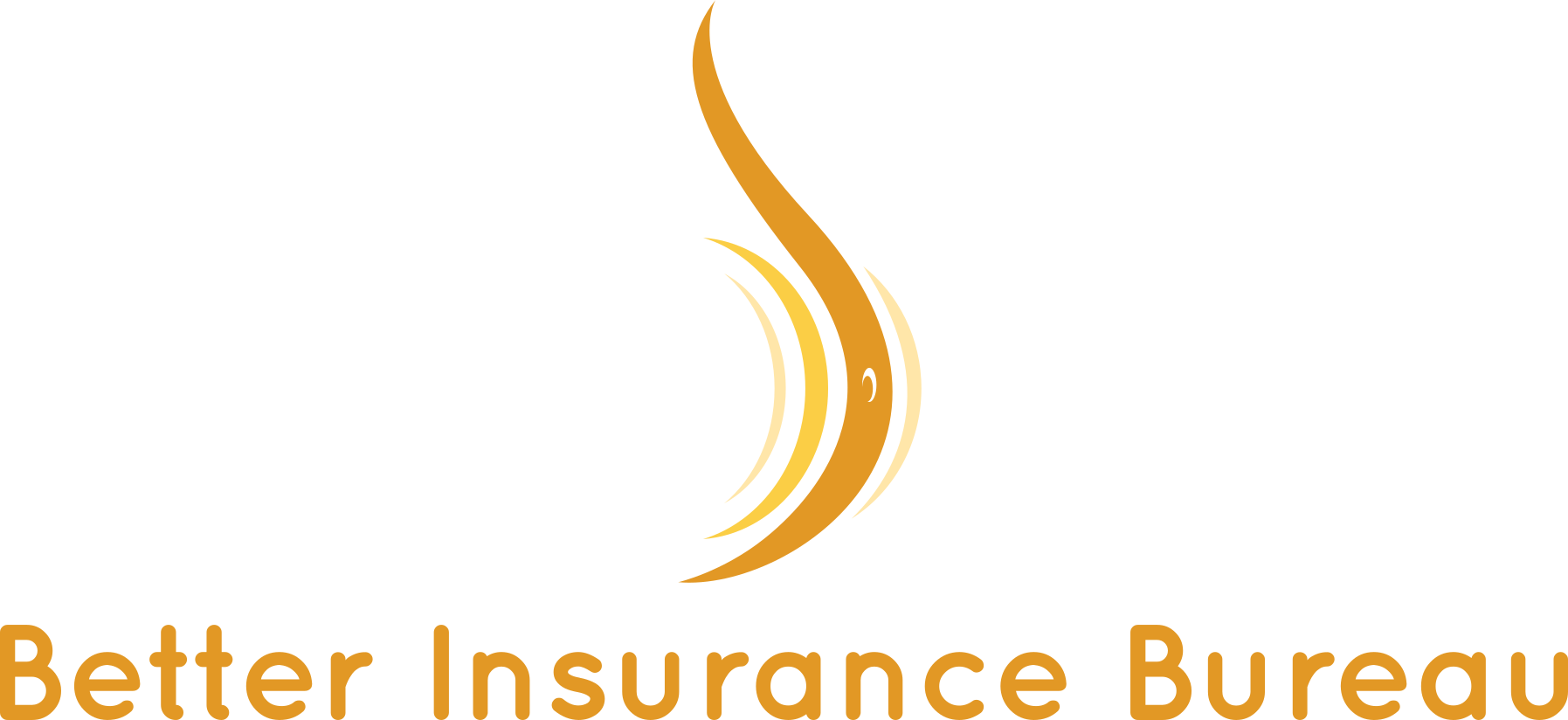The focus of the industry on living beings that are human and highly controlled standards create unique considerations for business leaders. These attributes make the industry an ideal environment for innovation. They have led to major breakthroughs in agricultural yields, biofuels, and life-saving pharmaceuticals.
When it comes to strategies for www.genotec-frankfurt.de/comparing-biotechnologically-engineered-nutritious-supplements/ generating revenue biotech start-ups have numerous options. The majority opt for a technology partnership or an asset creation-and-out-licensing strategy. Technology partnering can result in faster revenue and lower risk to the financials, whereas strategies for asset creation and outlicensing are able to yield much more returns. A growing number of biotechs at the research stage use a hybrid model which combines both approaches.
If you choose to go with the approach of developing based on products will be successful commercially when they are able to get their pipeline to the right stage and attract a large pharmaceutical partner or investor with a large sum of money. This is a costly investment. It is crucial to consider the balance between opportunistic strategies in leveraging outside assets and the proper scientific decision-making regarding home-grown projects.
Alternately, the “platform” model offers an alternative method of earning revenue. It is a less expensive alternative to the product-oriented approach, but it also involves significant risk. In this model biotechs develop and own their own platform technology prior to teaming with big pharma to create a range of drug-discovery projects that target specific diseases (i.e. disease of x in biology). Advinus Therapeutics, among others have adopted this strategy.
